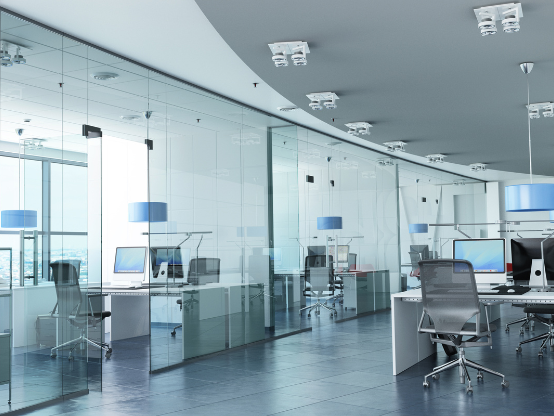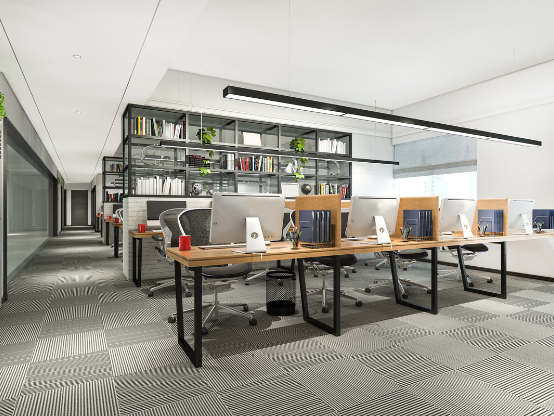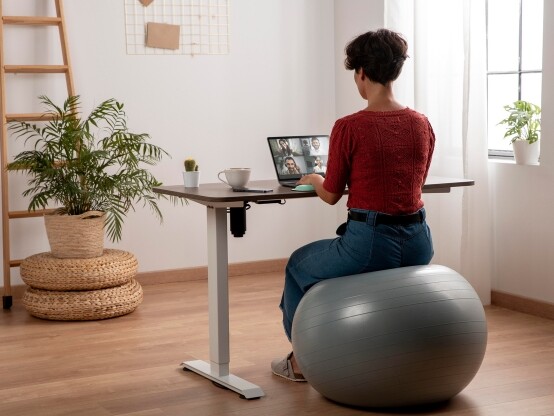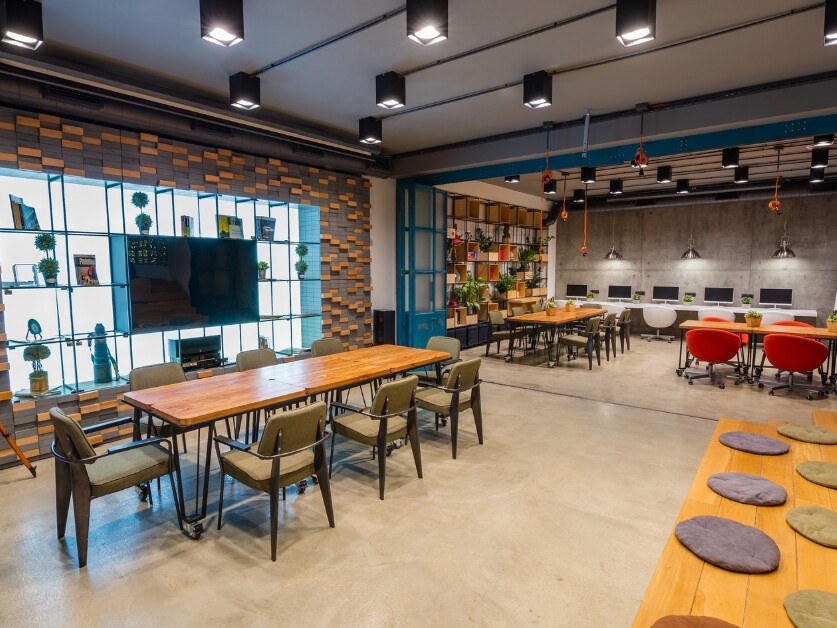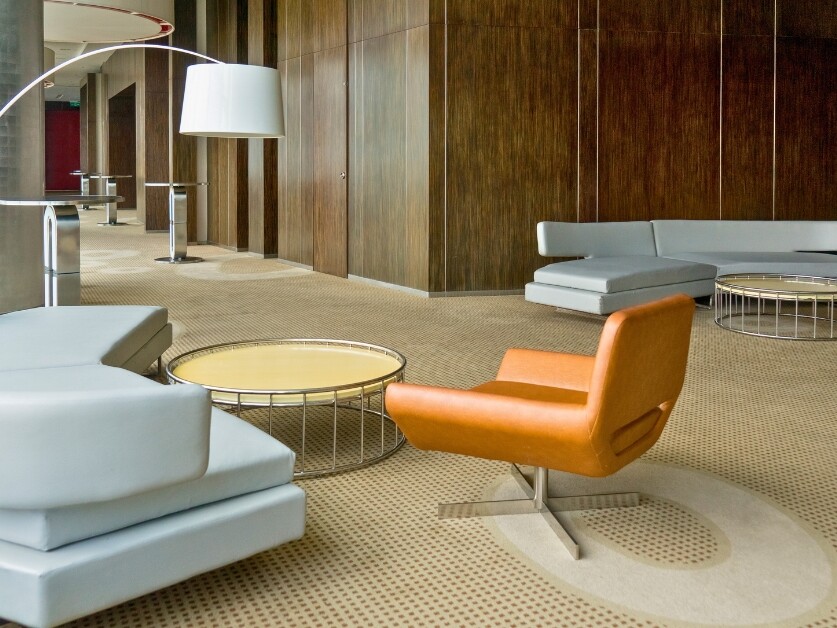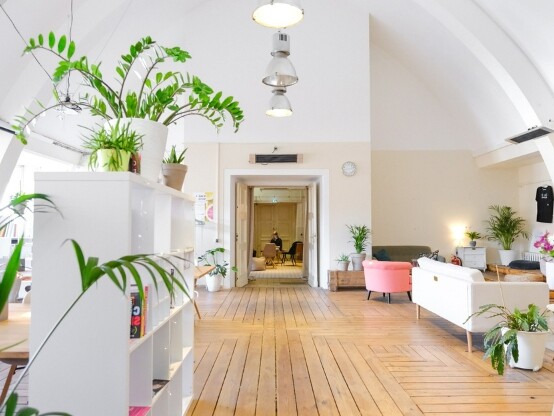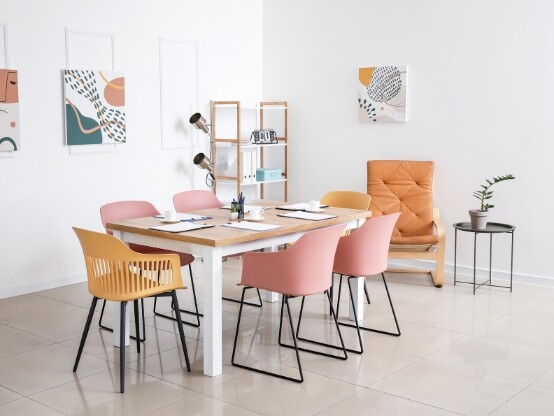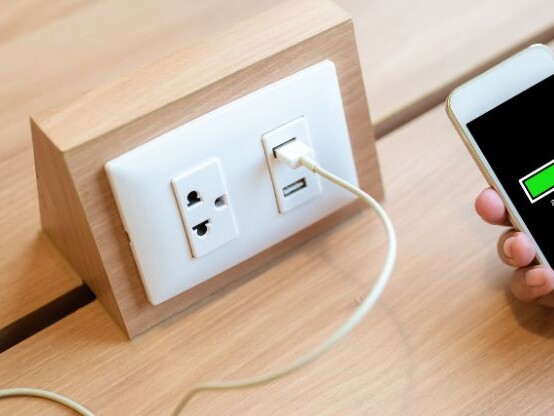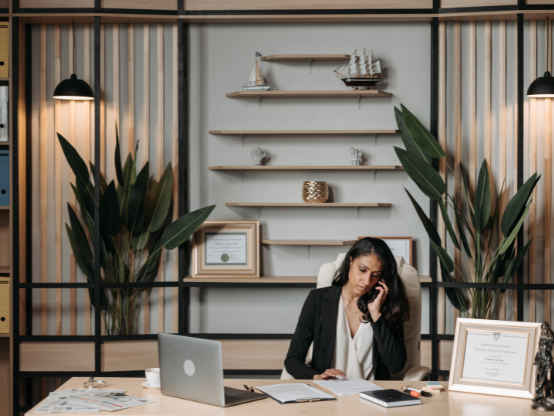If an office redesign is in the works for this year, the aesthetics of the workplace may be at the forefront of your mind. While the appearance of the office is important, ergonomics are just as crucial. When team members are comfortable in their environment, productivity is maximized, outlook on work is boosted, and the workplace is more pleasant and harmonious. If you’d like to create an office space that works just as great as it looks, we can help you select functional office furniture that’s cohesive with your brand identity. Interested in learning more about workplace ergonomics and the top components to prioritize? Here, we share tips for ensuring a workspace that’s designed with ergonomics in mind:
What Does “Ergonomics” Mean?
Although you’ve probably seen furniture or accessories marketed as “ergonomic,” it’s important to understand what this term really means. Ergonomics refers to the relationship between people and their working environment. Ergonomics is a form of applied science, and has become increasingly prevalent in the design of office equipment and space. By putting careful consideration and planning into how your office furniture affects the comfort and efficiency of your team, you’re applying elements of ergonomics.
How to Create a Space That’s Ergonomic
If you want to improve the functionality of each employee’s workspace, there are several areas to focus on. Here are a few tips for incorporating ergonomics for a diverse team:
- Offer ergonomic seating. Chances are, you’ve spent time in an uncomfortable chair and quickly realized the toll it took on your body. When team members spend several hours a day in an office chair, ergonomics matter. Supporting the spine properly can reduce back pain, improve posture, and support joints and ligaments. Of course, you’ll want to select seating that’s a match with your aesthetic, but prioritize adjustability and breathability.
- Opt for height-adjustable desks. Because individuals come in all sizes, desks aren’t a one-size-fits-all piece of equipment. When you’re still in the design process, be sure to consider height-adjustable desks. Look for options that can be adjusted to support proper posture and reduce neck and shoulder strain. Standing desks are also a great option, especially if you’re aiming to offer several different types of workstations. Many standing desks have the capability to be raised or lowered in increments of half an inch, which is excellent for flexible workspaces without assigned seating.
- Install optimal lighting. You may be surprised to learn that lighting plays a significant factor in an ergonomic office. Because the study of ergonomics is centered on how well humans can mesh with their environment, lighting is a major focus for office designers. The right lighting reduces eye strain and can even help boost employees’ sense of well-being. In the absence of windows that provide natural light, task lighting can be beneficial.
When you’re planning for an office upgrade, designing your space with ergonomics in mind is a wise choice. Creating an atmosphere where employees can comfortably do their job is paramount, and working with an experienced interior design team can help you achieve this endeavor. When you’re ready to start the process of finding functional office furniture, we’d love to assist. Please contact us for a consultation. We’re looking forward to learning more about your vision and determining a plan of action.
